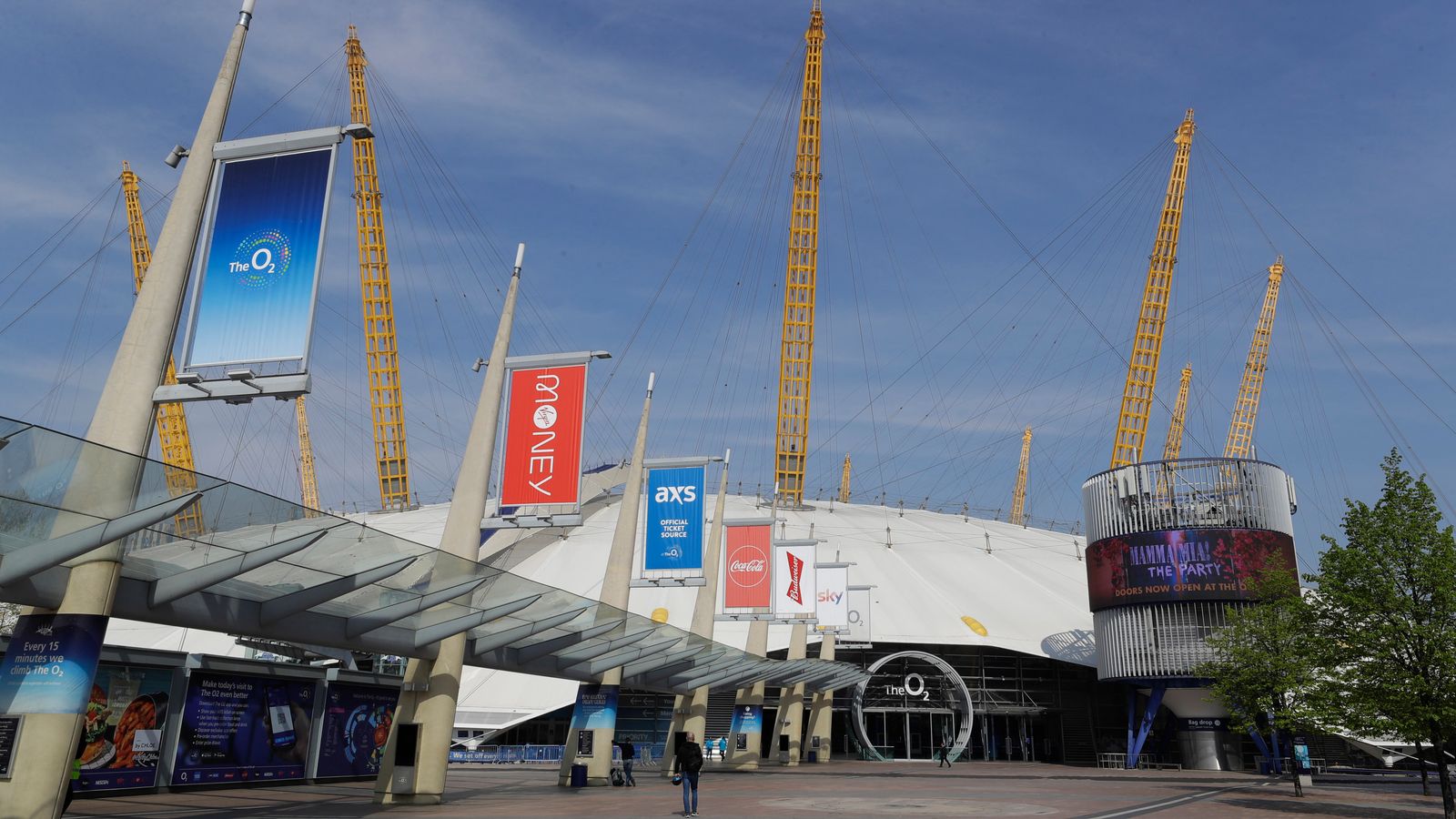Riyadh, Saudi Arabia.
Xavierarnau | E+ | Getty Images
Saudi Arabia cut its growth forecasts and raised its budget deficit estimates for the fiscal years 2024 to 2026, looking ahead to a period of higher spending and lower projected oil revenues.
Real gross domestic product is now expected to grow 0.8% this year, a dramatic drop from a previous estimate of 4.4%, according to the latest pre-budget report published by the Ministry of Finance on Monday. The GDP growth projection for 2025 has also been cut from a previous estimate of 5.7% to 4.6%; while the outlook for 2026 has been trimmed from 5.1% to 3.5%.
“The FY2025 budget highlights the Kingdom’s commitment to accelerate the regulatory and structural reforms, as well as the development of policies,” the pre-budget report read. “It also focuses on transformative spending to promote sustainable economic growth, improve social development, and enhance quality of life.”
The latest report further emphasized the Saudi government’s plans to deploy sovereign and development funds “for capital investment while empowering both the private and non-profit sectors to foster growth and prosperity.”
Saudi authorities also expect that the budget will remain in deficit for the next several years, as the kingdom prioritizes spending to achieve the targets of its Vision 2030 plan to modernize and diversify the heavily oil-dependent Saudi economy.
The Finance Ministry projected a wider budget shortfall of about 2.9% of GDP for 2024, compared with a previous projection of 1.9% for the year. It predicted deficits of 2.3% and 2.9% in 2025 and 2026, respectively, also wider than previous estimates.
Saudi Arabia’s fiscal breakeven oil price — what it needs a barrel of crude to cost in order to balance its government budget — has increased in recent months and years and may well rise higher along with spending increases.
The IMF’s latest forecast released in April put that fiscal breakeven figure at $96.20 for 2024, marking a roughly 19% increase on the year before. The figure is also about 36% higher than the current price of a barrel of Brent crude, which was trading at around $70.70 as of Tuesday afternoon.
Oil prices are expected to remain subdued at least in the medium-term amid slowing demand and increased supply globally.
Saudi Arabia is hosting major international events that will require steep spending — like the World Cup 2034 and Expo 2030 — as well as building out multi-trillion dollar megaprojects like Neom, which is backed by the kingdom’s mammoth sovereign wealth fund, the Public Investment Fund.

“Saudi Arabia’s GDP dances to the rhythm of oil, and with recent data from the Ministry of Finance, it’s clear that as oil gushes, so does the economy,” Tarik Solomon, chairman emeritus at the American Chamber of Commerce in Saudi Arabia, told CNBC. “But when the wells slow, so does the growth.”
Saudi Arabia’s public debt has grown from around 3% of its GDP in the 2010s to roughly 28% today, according to the International Monetary Fund — a huge jump, but still low by international standards. Public debt in EU countries, for instance, averages 82%. In the U.S. in 2023, that figure was 123%.
Its relatively low debt level and high credit rating makes it easier for Saudi Arabia to take on more debt as it needs to. The kingdom has also rolled out a series of reforms to boost and de-risk foreign investment and diversify revenue streams. While the country’s economy has contracted for the last consecutive four quarters, non-oil economic activity grew 4.4% in the second quarter year-on-year, up 3.4% in the previous quarter.






